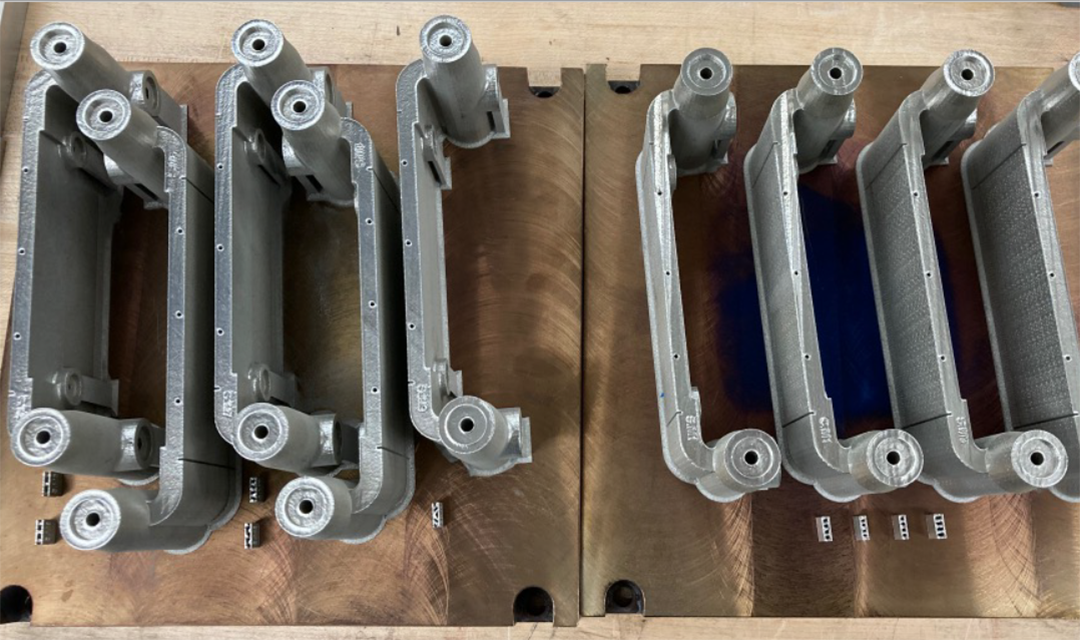
The project will focus on concentrating solar thermal power (CSP) systems, which capture and convert thermal energy from the sun into usable forms of energy, such as electricity. In CSP systems, mirrors collect and concentrate sunlight and direct it towards a receiver. In most CSPs, a liquid with heat-transfer properties in the receiver absorbs the heat and flows through the receiver until the thermal energy and steam are released, the liquid cools, and the cycle starts over again.
This team is working to create a 3D-printed high-pressure heat exchanger that can transfer heat from molten salt at 720°C to supercritical carbondioxide, a high-pressure working fluid that will power future solar thermal power plants. To do so, the team is studying the exchanger’s response to corrosion, the thermofluidics of the transfer liquid, projected costs, and potential impact on the solar energy market. The project involves research in material science and engineering, advanced manufacturing, cost modeling, and microchannel heat exchanger design. 3D printing enables unitary heat exchangers with integral headers to minimize joints. Novel alloys are being used for high temperature strength such as Haynes 282 and MHA 3300. Associated activities include data analysis, computer modeling, and scale-up design conducted in parallel with the characterization of AM superalloy specimens and HX prototypes fabricated throughout the project duration. Experimental results will be used to validate predictive models for the performance of this technology in a chloride salt environment.
Project partners: UC Davis, NETL
Project sponsor: Department of Energy
